Description
The instruction
for medical use
of the drug Angal® About
the Trade name
of Angal® About
the International unlicensed name
Is not present
the Dosage form
Spray for topical administration
Structure
100 ml of solution contain
active agents: chlorhexidina digluconate of 20% of solution of 1.064 g
of lidocaine hydrochloride of 0.050 g
excipients: citric acid monohydrate, glycerin, sodium saccharin, left menthol, cineole, alcohol of 96%, water purified.
The description
Transparent colourless solution with a mint and alcohol smell.
Pharmacotherapeutic group
Drugs for treatment of diseases of a throat.
The ATX R02A code
the Pharmacological
Drug Angal® C properties has local analgeziruyushchy and antibacterial effect. Drug reduces inflammation of a throat, reducing a possibility of development of heavier bacterial infections of a throat, and relieves pain at irritation and swallowing.
The pharmacokinetics
the Anesthetizing effect of lidocaine at topical administration develops in 2-5 minutes and proceeds within 30-45 minutes. Anesthesia is superficial and does not spread in submucosal structures.
Lidocaine gets through a blood-brain barrier and a placenta and is excreted in breast milk of the person. It is exposed to primary metabolism in a liver. monoetilglitsineksilidid also glitsineksilidit the first two metabolites pharmacological are active. Substance is excreted in the form of metabolites through kidneys, 10% are removed in not changed look. Biological elimination half-life of lidocaine makes 1.5-2 hours at adults and 3 hours at newborn babies. Elimination half-life of metabolites of lidocaine can vary from 2 to 10 hours.
The Lidocaine pharmacodynamics a hydrochloride represents anesthetic of amide type of peripheral local action. It has superficial analgeziruyushchy impact, without blocking carrying out a nervous impulse in the place of use.
Being local anesthetic, lidocaine possesses the same mechanism of action, as other drugs of this group, it blocks generation and carrying out nervous impulses in sensitive, motive and vegetative nerve fibrils. It has direct impact on cell membranes, inhibiting receipt of ions of sodium in nerve fibrils through membranes. Due to the progressing distribution of the anesthetizing effect the threshold of electric excitement increases in peripheral nerves, carrying out a nervous impulse slows down, and reproduction of action potential is weakened that leads to full blocking of a nervous impulse. Local anesthetics block autonomic nerves, small quicker not myelinized (feeling of pain) and small myelinized (feeling of pain, temperature), than the large myelinized fibers (feeling of touch, pressure).
At molecular level lidocaine specifically blocks natrium ion channels in an inactive state that interferes with generation of action potential, preventing carrying out a nervous impulse at local use of lidocaine near a nerve.
Allergic reactions to lidocaine develop very seldom.
Chlorhexidin is the cationic antiseptic agent making antibacterial impact both on Gram-positive, and on Gram-negative microorganisms (for example, Micrococcus sp., Staphylococcus sp., Bacillus sp., Clostridium sp., Corinebacterium sp.). It also possesses antimycotic action concerning dermatophytes and mushrooms. Drug works as bakteriostatik in low concentration, and in high concentrations has bactericidal effect.
Chlorhexidin bears a powerful positive charge, thus, it is absorbed on negatively charged sites of a bacterial cell wall and on extracellular structures. Absorption is specific and is localized on corresponding, containing phosphates, sites of a bacterial cell wall.
Chlorhexidin contacts a cytoplasmic membrane of a bacterium. He is absorbed on negatively loaded surface of the teeth located in a mouth plates or a membrane of an oral cavity. Small amounts of active agents get into digestive tract with saliva. Chlorhexidin is not exposed to absorption. Lidocaine can be soaked up through a mucous membrane of a mouth and a throat. However, its most part collapses, without reaching a system blood-groove.
Indications
of Angal® About spray it is used for:
relief of symptoms of a tonsillitis and irritation of a throat
of local anesthesia at inflammation of a throat.
The route of administration and doses
Adults and teenagers are more senior than 12 years: from 3 to 5 consecutive pressing the spray button, the procedure to repeat from 6 do10 once a day.
To children of 5 years: from 2 to 3 consecutive pressing the spray button. From 3 to 5 times a day.
Widely open a mouth, send the spray to a throat, hold the breath and press the button of the spray
Turn a spray nozzle perpendicular to a bottle.
If Angal® spray C is not used for some time, we recommend to wash up a spray nozzle, for this purpose it is necessary to perform the following operations:
1. To turn spray a cover down and to press a nozzle to full devastation of a tube (solution is not sprayed any more).
2. To pick up the spray phone from a bottle and to place it in a cup with hot water for several minutes.
3. To take out a tube from water and to dry.
4. For blocking of a nozzle of spray it is necessary to put on a tube a bottle so that it was turned down.
After each use the tube should be turned down again to prevent spraying of drug from a nozzle.
The maximum single dose for adults makes 1.00 mg of a chlorhexidin and 0.25 mg of lidocaine. Maximum daily dose of a chlorhexidin of 10.00 mg and 2.5 mg of lidocaine. By each pressing a nozzle 0.08 – 0.10 ml of solution are sprayed. In medicine it is recommended that Angal® spray C was applied only to one patient. Use more than can lead one person to spread of an infection.
Side effects
At local, limited in time, use in an oral cavity and in a throat with observance of the recommended dose drug is transferred well. Very seldom reactions of hypersensitivity, for example, irritation and an enanthesis which are a consequence of hypersensitivity to anesthetics of amide type, such as lidocaine can develop. So seldom reactions of a fotosensibillization can develop.
At long and continuous use of a chlorhexidin in an oral cavity the brown coloring of teeth can temporarily appear. However, this plaque can be removed. Descriptions of cases of coloring of teeth at use of drug in a throat are absent.
Contraindications
¾ the known hypersensitivity to any component of drug
¾ alcohol addiction
¾ pregnancy and the period of a lactation
¾ children are younger than 5 years
Special instructions
In the bacterial infections which are followed by fervescence, Angal® With is applied as additional medicine.
Drug contains left menthol, that is the small children having muscular spasms in the anamnesis should appoint it with care.
Ангал® With contains glitserol. In high doses glitserol can cause a headache, digestion disturbance.
100 ml of solution contain 175 g of ethanol. Patients with diseases of a liver and epilepsy should take into account the fact that the single dose for adults contains 175 mg of ethanol that is equivalent to 4.2 ml of beer or 1.7 ml of wine and the single dose for children from 5 to 12 years contains 105 mg of ethanol that is equivalent to 2.5 ml of beer or 1.0 ml of wine.
To the patients inclined to reactions of hypersensitivity, Angal® With, it is necessary to apply with care.
Use of Angal® With patients with diabetes as it does not contain sucrose is allowed.
Patients should not apply this medicine continuously or too often. It is recommended to be used only before the reduction of pain or irritation of a throat caused by inflammation.
If the condition of the patient does not improve after 3-4 days of use of drug, it is necessary to appoint other way of treatment.
It is necessary to avoid spraying of drug near eyes.
After spraying of drug by the patient it is not necessary to eat food, to drink or brush teeth.
Features of influence of medicine on ability to run the vehicle or potentially dangerous mechanisms
Data are absent.
Medicinal interactions
during use of drug Angal® C the patients are not recommended to use at the same time other antiseptic drugs of local action as they lose the efficiency. This condition does not extend to pastils of Angal® which part the same active component, as composition of spray is.
It is not recommended to apply Angal® spray C along with cholinesterase inhibitors (neostigmin, distigminm, pyridostigmine).
The lidocaine which is a part of drug strengthens effect of hypnotic drugs and sedatives, and also anesthetics on nervous system, including a respiratory center. Lidocaine also exponentiates effects of the drugs causing neuromuscular transmission blockade. Alcohol enhances expressiveness of influence of lidocaine on respiratory function.
It is necessary to adjust a lidocaine dose at the combined use with blockers of beta adrenoceptors, Chlorpromazinum, propyl alcohol, pethidine quinidine, Amiodaronum, verapamil, Disopyramidum, Phenytoinum.
It is recommended to control carefully function of breath at use of lidocaine with polymyxin.
Lidocaine reduces expressiveness of cardiotoxic effect of cardiac glycosides, increases expressiveness of atrioventricular block.
At simultaneous use of lidocaine and procaineamide the development of hallucinations is possible. It is necessary to be careful at the combined use of lidocaine of a hydrochloride with kurarepodobny drugs, meksiletiny, Norepinephrinum, Isadrinum, midazolam, glyukogany, barbiturates, anticonvulsant and antiarrhytmic drugs, novocaine, novokainamidy, and also rifampicin, Prenylaminum, Phenytoinum, vasopressor drugs.
The overdose
After introduction of excess doses (more than one large bottle of spray a day) can happen swallowing disturbance (weakening of control of a reflex of swallowing).
The toxic dose of lidocaine for the adult makes from 0.5 g and above (these are several large bottles of drug).
At overdose of drug the system intoxication which is result of impact on the central nervous and cardiovascular systems can be observed.
Symptoms of system intoxication:
– dysfunction of the central nervous system (nervousness, yawning, excitement, a ring in ears, a nystagmus, a muscular tremor, spasms, a depression, breath disturbance
– disturbances from a cardiovascular system (loss of a tone of a myocardium, a peripheral vazodilatation, hypotonia, arrhythmia
Antidote is absent.
Treatment in system intoxication
It is necessary to stop administration of drug immediately. It is necessary to cause vomiting and to make gastric lavage. In more hard cases of the patient is subject to hospitalization for maintenance of breath and blood circulation and also for prevention of dehydration.
A form of release and packing
On 30 ml in bottles from brown glass with the polyethylene spray. On a bottle paste the label from paper. On one bottle together with the instruction for medical use in the state and Russian languages place in a pack from cardboard.
To Store storage conditions at a temperature not higher than 25 wasps.
To store out of children’s reach!
Not to apply a period of storage of 5 years after the expiration date specified on packing.
Prescription status
Without prescription
the Producer / Packer Kvalifar of H.B./C.A., Belgium
the Owner of the registration certificate
Lek Pharmasyyutikals of of, Slovenia
the Address of the organization accepting in the territory of the Republic of Kazakhstan claims from the consumer on quality of a product
Almaty, Luganskogo St., 96,
ph. +7 (727) 2581048
Fax: +7 (727) 2581047
E-mail address:
To Develop kzsdz.drugsafety@sandoz.com





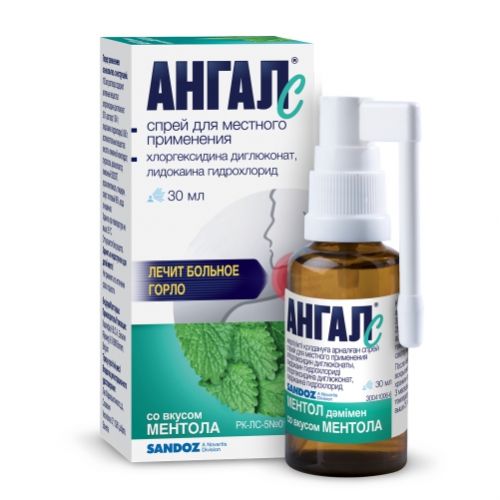
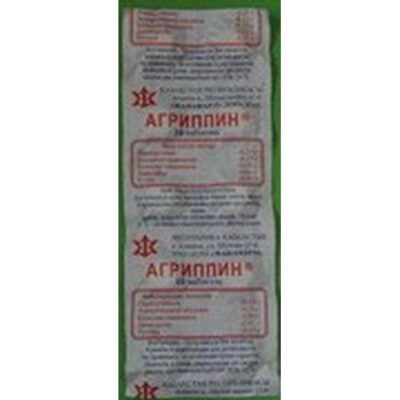
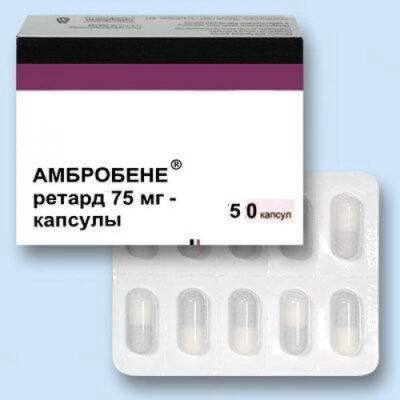
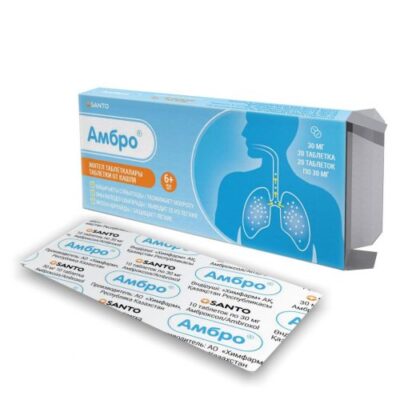
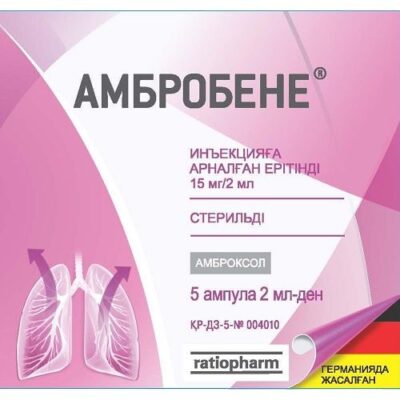
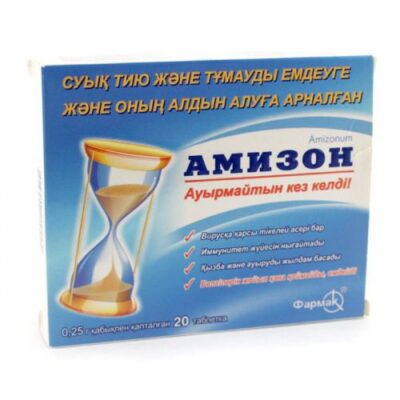
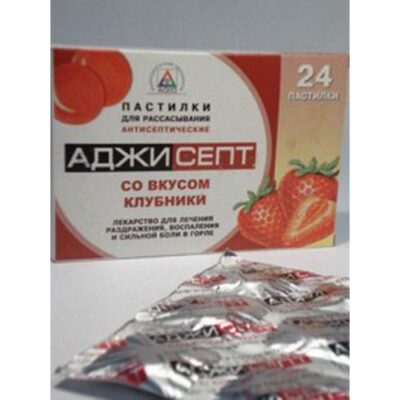
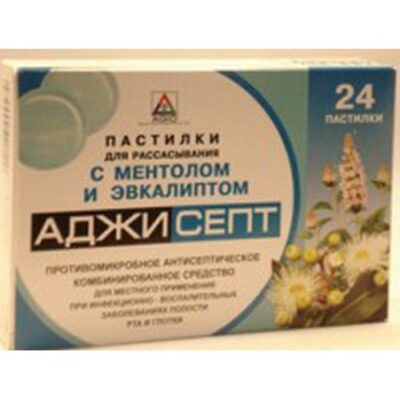
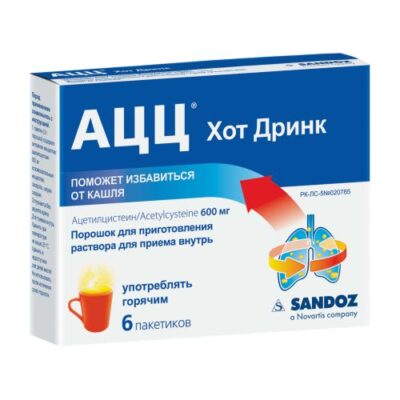
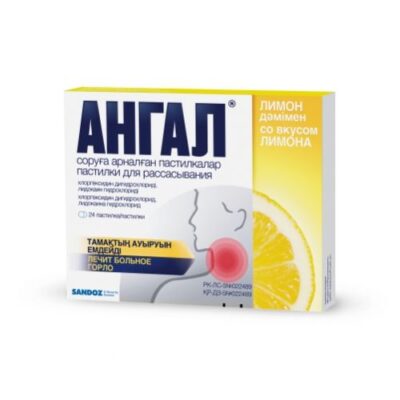
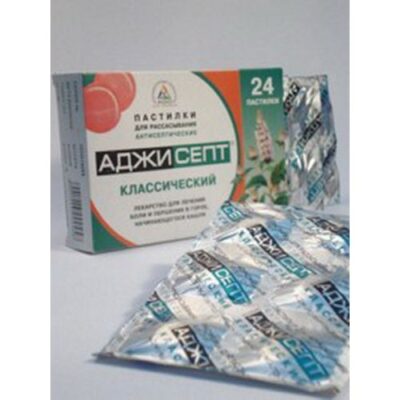






Reviews
There are no reviews yet.